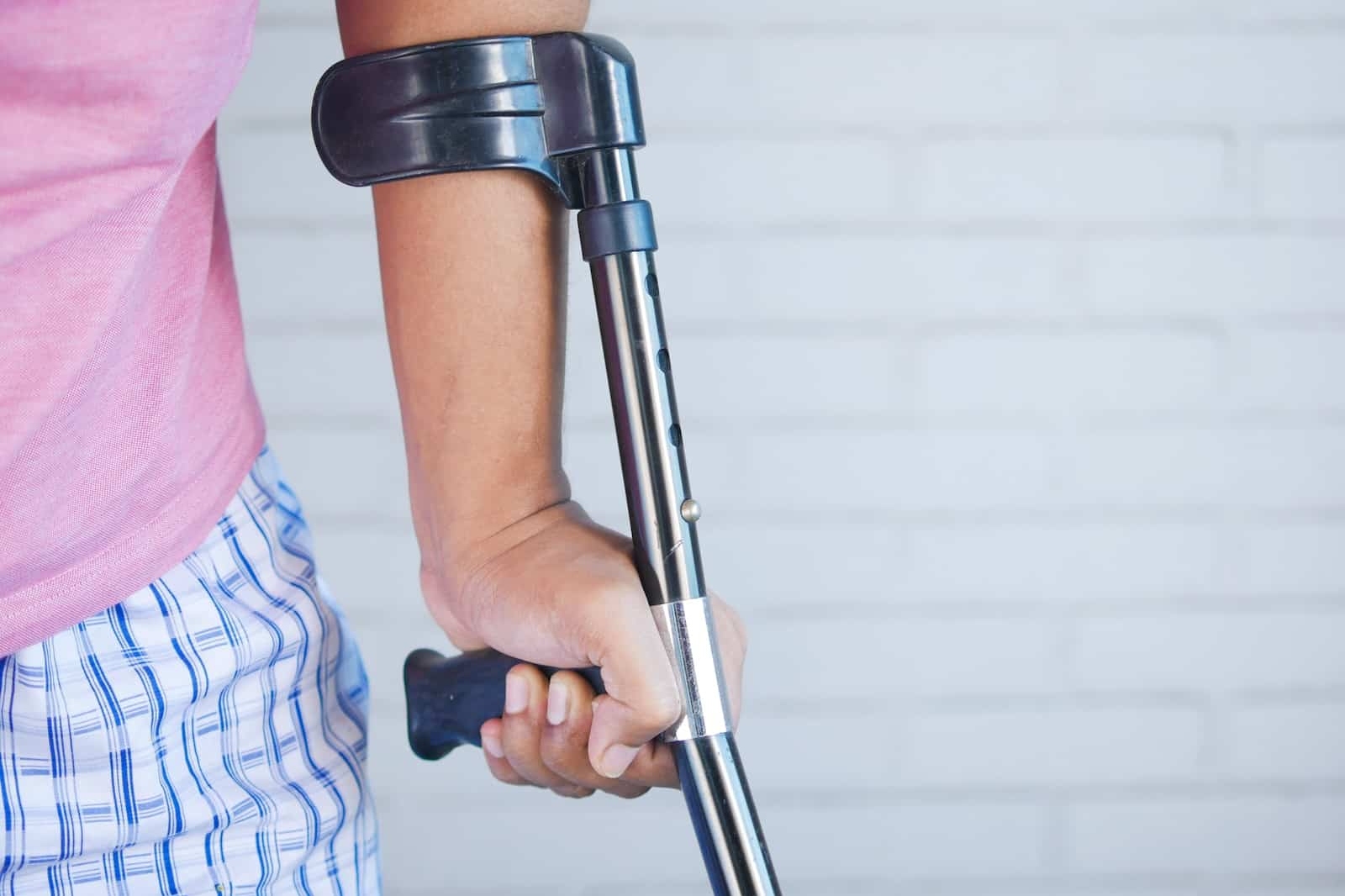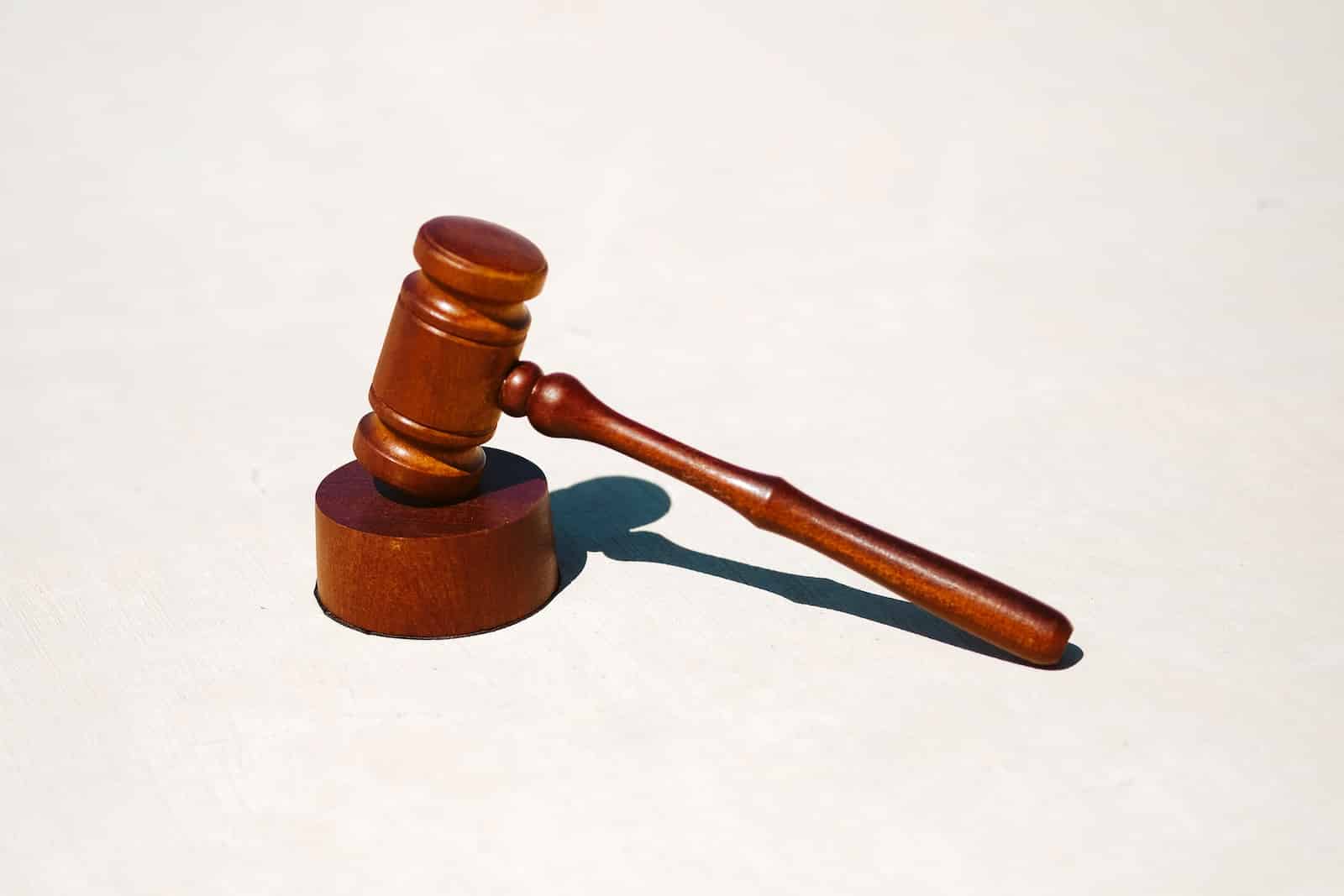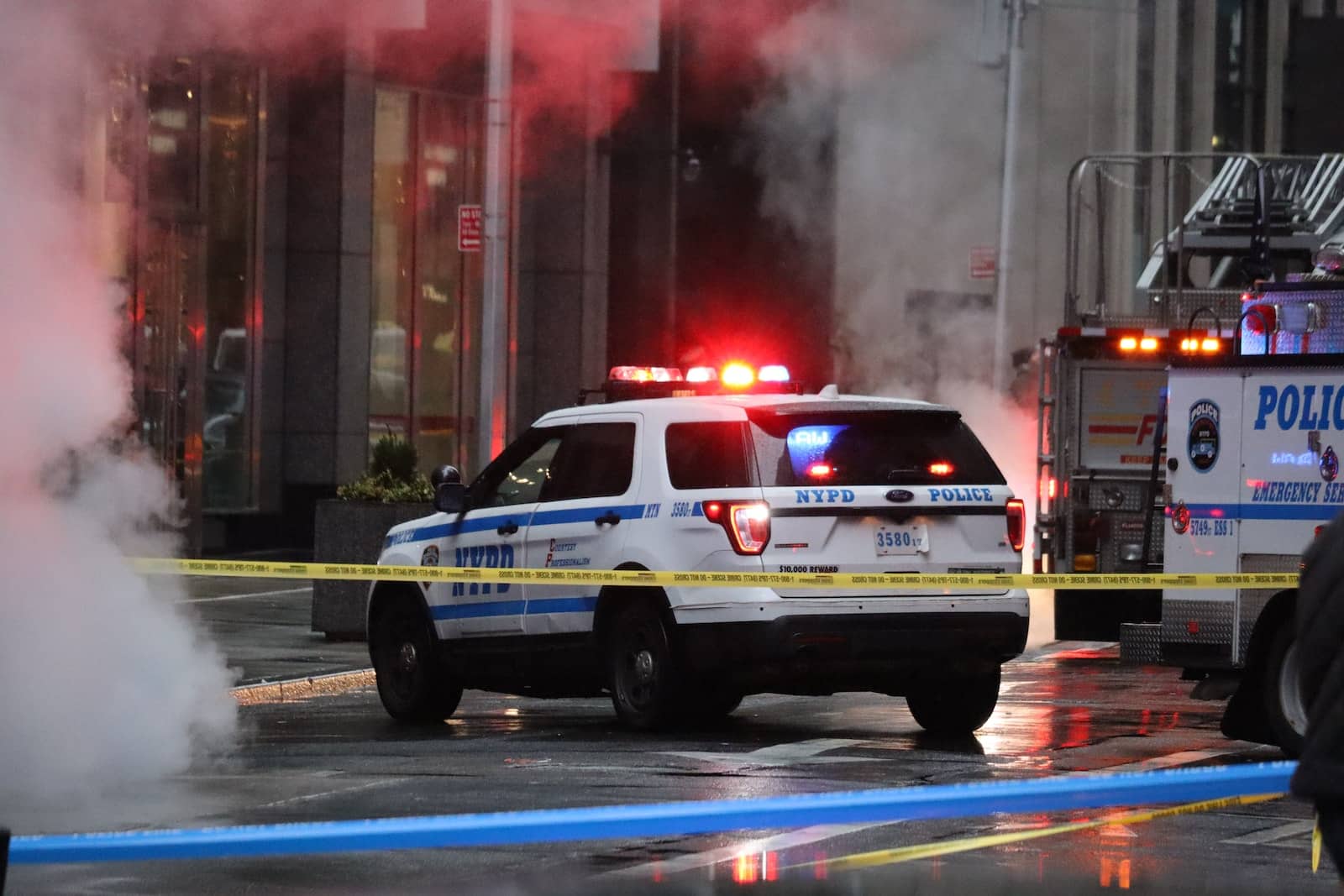Medical malpractice litigation can often involve complex medical concepts and procedures that are difficult for lay individuals to fully grasp. In order to effectively communicate these ideas to a jury, attorneys will often utilize animations in court.
Methods of Animation
There are several different methods that can be used to create animations for use in a medical malpractice case. These include:
- 3D animation: This type of animation allows for the creation of highly detailed, anatomically accurate representations of the human body and its internal structures. It can be used to demonstrate the precise location and extent of injuries, as well as the specific steps taken during a surgical procedure.
- 2D animation: This type of animation is typically used to create more simplistic, diagrammatic representations of medical concepts. It is often used to explain the progression of a disease or condition, or to demonstrate the effects of a medication or treatment.
- Stop-motion animation: This type of animation involves taking a series of still images, and then playing them back in rapid succession to create the illusion of motion. It is often used to demonstrate the progression of a surgical procedure, or to show the development of an injury over time.
Uses of Animation in Court Animations can be used in a variety of ways in medical malpractice court cases. Some examples include:
- Demonstrating the standard of care: Attorneys can use animations to demonstrate the accepted standards of care for a particular medical condition or procedure, and to show how the defendant deviated from those standards.
- Explaining complex medical concepts: Animations can be used to make complex medical concepts, such as the workings of the human body or the effects of a particular medication, more accessible to a lay audience.
- Reconstructing events: Animations can be used to reconstruct events leading up to an injury or death, such as the progression of a disease or the steps taken during a surgical procedure, in order to demonstrate how the defendant’s actions or inaction caused harm.
Animation is a powerful tool that can be used in medical malpractice court cases to effectively communicate complex medical concepts and procedures to a lay audience. By using animations to demonstrate the standard of care, explain complex medical concepts, and reconstruct events leading up to an injury or death, attorneys can help to build a stronger case and increase the chances of a favorable outcome.


